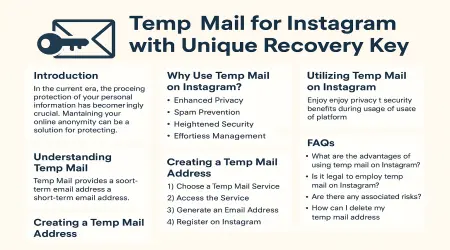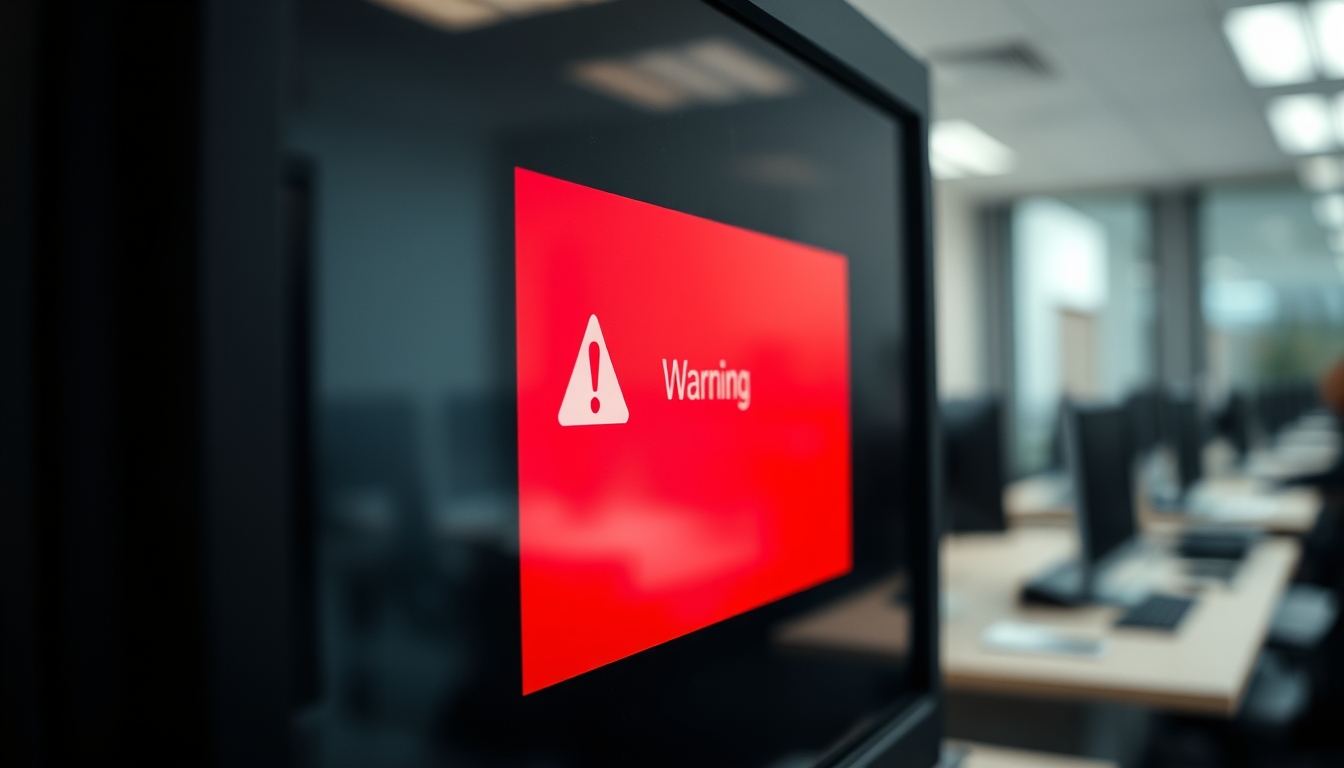

What is ransomware. The differences between ransomware and viruses and how to protect yourself from ransomware
Imagine sitting back, ready to enjoy another afternoon online, when suddenly everything on your screen comes to a sudden, jarring halt. Gone are your photos and documents; in their place stands a cold, demanding message. In that moment, it feels as if a silent burglar has snuck in, put your most treasured files under lock and key, and refuses to hand them back unless you pay up. This is ransomware at work, it’s not a silent data thief, but rather a bold digital extortionist, exploiting both our trust in technology and our worries about losing things we care about. Unlike some malware that tries to slip by unnoticed, ransomware arrives like a storm, demanding action, and control, from its victims, who are often left bewildered, angry, and scared.
Understanding the threat: Ransomware vs. viruses
If you want a fighting chance against these threats, you first have to get your terms straight. Although lots of folks casually swap "virus" for "ransomware," in reality, they're dealing with two very different beasts. While both can cause chaos, each one has its peculiar habits and goals. This difference isn’t just academic; knowing what you’re up against gives you a better shot at staying safe. Actually, sometimes the confusion is what cybercriminals count on to get through your defenses.

What is ransomware?
Think of ransomware as a digital mugger whose sole aim is to get your money. It sneaks onto your device, hunts down your most important data, and scrambles it so you can’t access anything. Then, the criminal behind it blasts a note onto your screen: pay up, often in cryptocurrency, or forget about your files. The code behind modern ransomware is impressively sneaky. Often, it combines different methods of scrambling your data, one fast, one nearly unbreakable, so that even techies have a hard time cracking it.
Here’s a look at how most ransomware jumbles up your stuff:
- It creates a super-strong, private digital lock right on your machine, using easy-to-understand but tough-to-crack tools.
- That new digital key gets locked up again, this time using an even more complicated system that only the attacker controls.
- The bad actor is the only person with the power to unlock the door, so to speak, leaving you stuck unless you pay up.
On top of just hiding your files, ransomware usually tinkers with your computer’s vital organs, like system files or startup lists, so it always comes back, even if you reboot. The nastier versions, relying on "double extortion" tricks, will swipe copies of your data before sealing them up, threatening not just loss, but public embarrassment if you refuse to pay.

How is a virus different?
Viruses behave more like digital hitchhikers. Rather than locking your files for cash, a typical virus cozies up to your normal programs, spreading like gossip at a family reunion. Whenever you run infected files, it springs into action, making copies of itself and moving through your computer or even hopping to others via shared files, email attachments, or thumb drives. Viruses come in many flavors: some are harmless pranksters showing silly messages, but others are outright vandals, intent on corrupting everything or even erasing full hard drives.
Unlike their ransom-demanding cousins, viruses aren’t always in it for the cash. Plenty cause damage simply for the chaos it creates; some just want to spread as far as possible. A few high-end viruses even change their appearance as they move, making them tricky for your protective software to pin down.

Key differences at a glance
If you’re wondering how these two troublemakers stack up, this quick snapshot should make the differences more obvious:
| Feature | Computer Virus | Ransomware |
|---|---|---|
| Primary Goal | To multiply and spread, often messing with files or stealing information along the way. | To force payment by locking your data and demanding money to release it. |
| Mechanism | Sneaks onto good files and runs whenever those files are opened. | Puts files behind a digital wall using secret codes. |
| User Impact | May slow down your device, ruin files, or, sometimes, cause all data to disappear. | Immediately blocks access to everything you care about; sometimes nothing can be saved. |
| Propagation | Moves with shared or opened infected documents, think email forwarding or USB drives, mostly. | Spreads through fake emails, unsafe websites, or jumps from one computer to another in a network. |
| Monetization | Sometimes profits from selling stolen info or renting access to infected machines. | Earns directly by asking for (often untraceable) payments from victims. |
How ransomware attacks happen
It's actually quite surprising, and a bit scary, how attackers make their way into your devices. Most start out simple, cleverly disguising the trap to appear harmless and luring users to do something risky. What happens next can set off a domino effect, so it's worth getting familiar with these tricks.
Common ways you can get infected
Attackers play the long game and are always tweaking their strategies, but, honestly, so many ransomware infections start with people just opening the wrong thing. Statistics suggest that a huge percentage of infections start off with a single click: downloading an attachment or carelessly opening a “maybe this is important” email from a stranger.

- Malicious email attachments: In this long-running scam, bad actors send out emails that are surprisingly convincing. Impersonating companies or colleagues, they embed a seemingly ordinary attachment that actually carries the malware, increasing the odds you’ll fall into their trap.
- Phishing links: Some attackers ditch the attachment and opt for links instead. Crafty wording (“update required,” “account trouble,” or “photo albums to share”) pushes you to click, directing you to a rogue website that can download the ransomware before you know it.
- Compromised advertising platforms: Fake ads on reputable sites have become worryingly common. These can lead to a chat with a “seller,” who sends an innocent-looking link. If you’re not careful, especially on your phone, this could quickly lead to disaster.
- Software vulnerabilities: When apps and systems aren’t patched, vulnerabilities let ransomware in. Sometimes you won’t even know what hit you, as advanced forms slip in and start working throughout your network, no clicks required.
What happens after your device is infected?
Once the party starts for ransomware, it sets out to maximize the damage while quietly ensuring it will get paid. From that point, your machine becomes a chessboard, and unfortunately, you're not the one making the next move.
#### Why do attackers demand cryptocurrency?
More often than not, these criminals demand Bitcoin, or some other cryptocurrency. It’s no accident: these currencies are a dream come true for crooks. They're easy to move across borders, cloak the identity behind the payment, and make it much harder for the good guys to follow the money. Checking for payments is also as simple as peering into a digital wallet.

#### What is double extortion?
A particularly ruthless approach, double extortion, is becoming alarmingly popular. Before encrypting anything, the crook takes a copy of your most private stuff. Now, if you refuse to play along, the threat turns from data loss to public exposure. For anyone running a business or handling sensitive client data, that's a nightmare scenario, pay up or risk having personal or regulated information dumped online.
And here’s generally how such an attack rolls out:
- Initial access: Ransomware slips in, usually thanks to one of those common traps described above.
- Persistence: It modifies essential settings so it can survive your next restart.
- Data exfiltration: When double extortion is in play, this is the phase where your data quietly gets shipped out to the bad guys' servers.
- Encryption: Files are locked away, sometimes with the originals even deleted, stamping out hope for easy recovery.
- Ransom demand: At last, that toxic message appears, giving you explicit payment instructions and a nerve-wracking deadline.

Your essential guide to ransomware defense
Although ransomware can seem like an unbeatable foe, there’s plenty you can do. By weaving together several defenses, you not only lower your risk but also position yourself to bounce back quickly if someone does manage to get through.
How to protect
There’s no single, magic fix, but combining common-sense habits and protective tools makes an enormous difference. The absolute basics include:
- Keep your antivirus software updated: More often than not, up-to-date antivirus keeps out known threats reliably. These tools are getting better every year, just don’t forget to let them update automatically.
- Back up your data regularly: Honestly, this is your ace in the hole. A recent backup, safely stored away, means you can ignore extortion attempts. Use an external hard drive or a reputable cloud service; just don’t leave the backup permanently plugged in, or it too may get infected.
- Be vigilant and skeptical: A dash of doubt goes a long way. If you get an email from someone you don’t know, or the message has a too-urgent tone or outlandish promise, pause. Curiosity and haste are, unfortunately, how most attacks succeed.
- Use temporary mailboxes: In those “just in case” situations, like signing up to a site you hardly trust, temporary email addresses provide a persuadable layer of separation from your real life. These are short-lived, so even if they get spammed, you’re not exposed in the long run. Surprisingly, attacks on these are much rarer than on primary accounts.
- Apply software updates promptly: Whenever you get that update notification, take it seriously. Updates often fix holes that hackers exploit. If you put it off, you're basically leaving a window wide open for trouble.

What to do if you are already a victim
If you ever fall victim to ransomware, what you do next is absolutely crucial. Panic is unavoidable, but some basic steps can save you far more pain.
#### Should I pay the ransom?
Every reputable security expert agrees: do not pay. Even if the demand is reasonable (or feels like your only hope), there are no real guarantees. Many people who pay get nothing in return, and, by doing so, they fuel a cycle that only makes things worse for everyone else. Restoring your files is rarely as simple as wiring cash to a stranger.
#### How can I recover my files?
First, cut the infected device off from the internet to stop things from spreading, especially if you’re on a network. Only after isolation should you start thinking about next steps. Potential fixes may include:
- Use antivirus or special scripts: Sometimes, your own security program can clean up the mess, or security experts might have cracked that specific type of ransomware, releasing free tools for decryption, definitely worth a check.
- Restore from backup: With regular backups, just wipe everything, reinstall your stuff, and forget the nightmare. But make sure the backup happened before the infection hit. Sadly, the hardest-hitting ransomware leaves no way to recover files after it's done, and not every victim will escape without damage.

Summary
Defending against ransomware requires more than luck, it’s about making smart choices and staying ready. Keeping regular (and isolated) backups matters more than any other step. Treat software updates as non-negotiable chores, since unpatched systems are what criminals love most.
For organizations, setting strong barriers (like multi-factor authentication) adds frustrating extra steps for attackers. Regular, perhaps even mandatory, education about phishing tactics works to keep employees sharp, and robust frameworks give everyone a roadmap to better security. But it’s not just about checklists, actually practicing how to recover from disasters ensures you won’t be left scrambling when seconds count.
In short, being prepared is what turns a catastrophe into an inconvenience. Whether you’re on your own or managing a business, testing your backup restores and having a plan at hand makes a world of difference. Pay attention to your digital surroundings, never open the virtual door to questionable strangers, and always turn first to your own tools and backups, never to the criminals themselves, if trouble strikes. Stick with these habits and, frankly, you’ll sleep better knowing you’ve stacked the odds in your favor.

